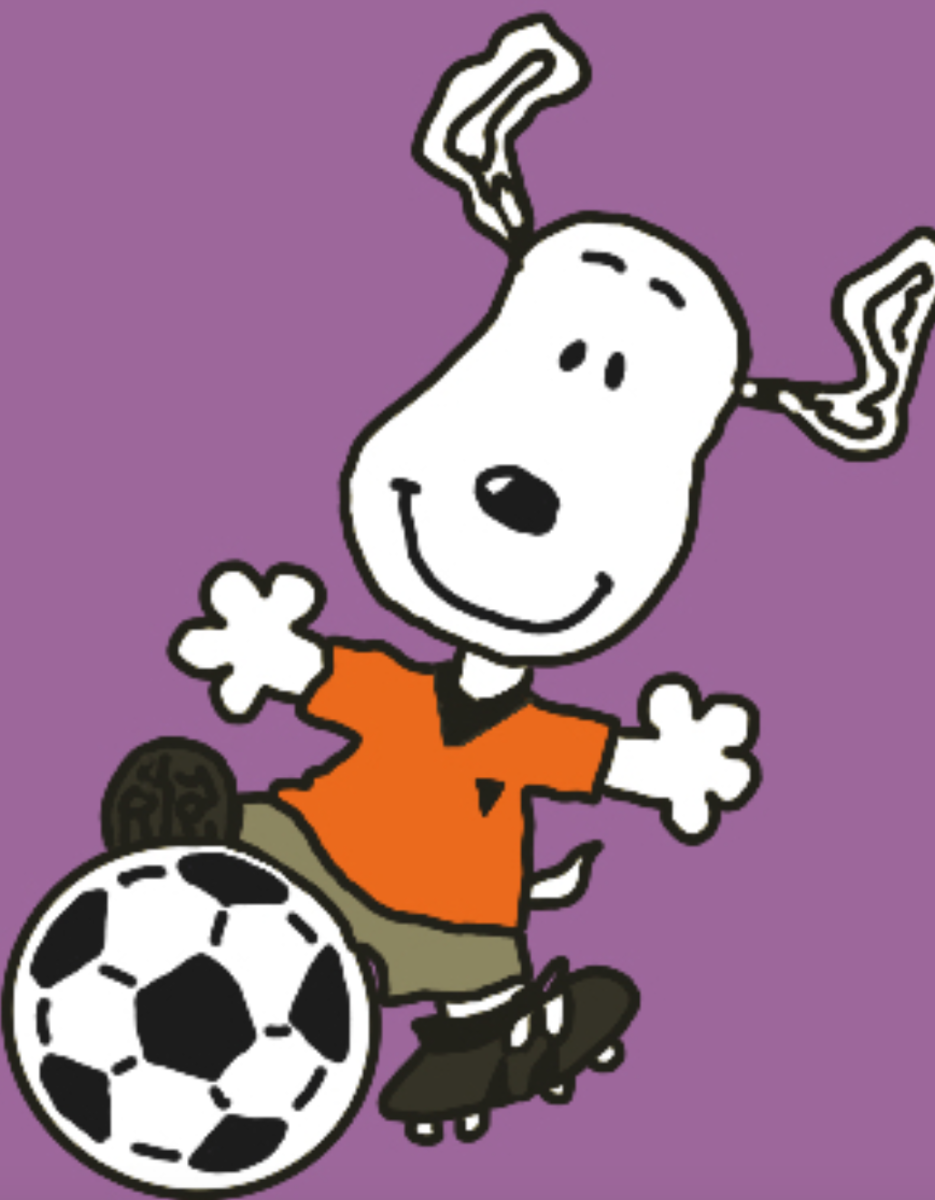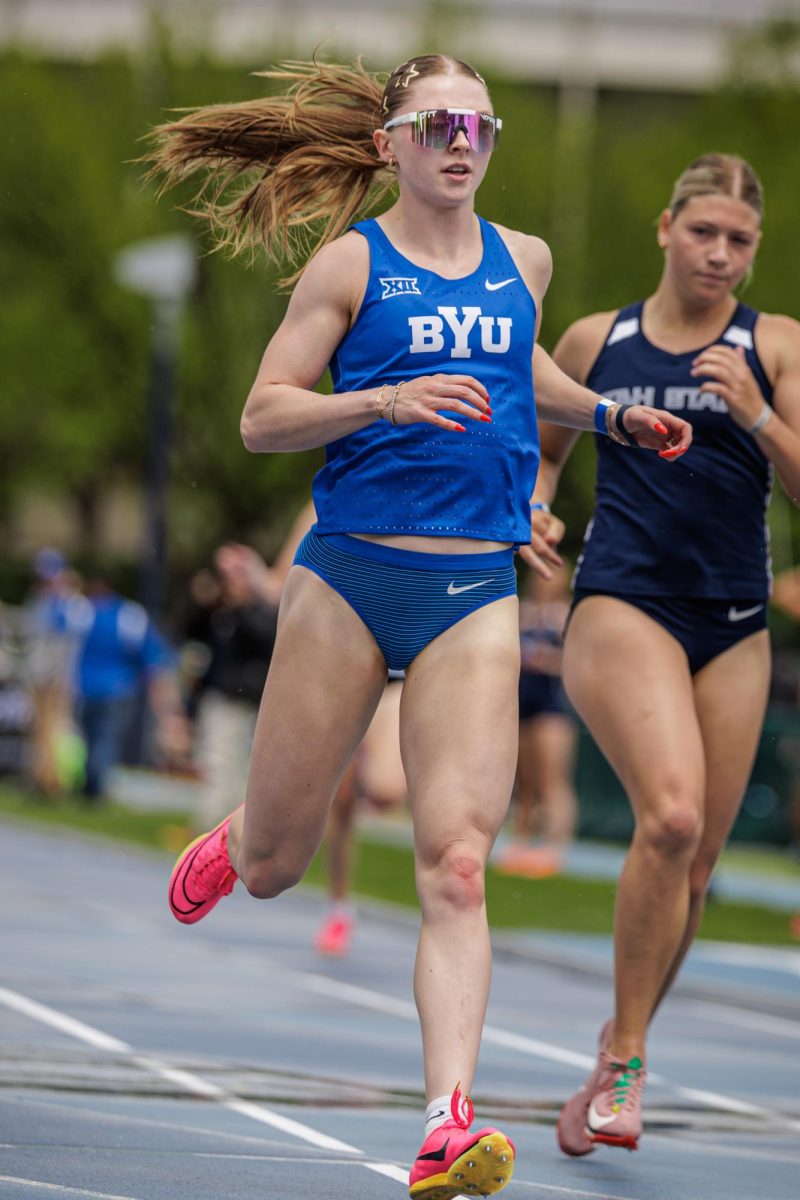A concern for all athletes, whether they play middle school sports or in a professional league, is how to keep athletes safe.
A recent increase in specifically non-contact injuries has pushed the grass versus turf debate further. Non-contact injuries are when an athlete is not in any way physically touched by any other player, and the injury is sustained purely from the surface of play.
ESPN states that in 2022 and 2023, the NFL had an increase in non-contact injuries. Quarterbacks Aaron Rodgers of the New York Jets and Kirk Cousins of the Minnesota Vikings have both similarly torn their achilles this year on turf fields.
Recently, US Women’s Soccer star Megan Rapinoe also tore her achilles from a non-contact injury, but it was sustained on a grass field.
It’s difficult to point to one or the other being the answer. Athletes do report liking grass more because it has a natural give to it, but that brings up a separate issue: money.
Grass takes far more money to properly maintain and cut than turf. Yes, turf is initially expensive to install; however, it doesn’t have to be watered or cut. It’s approximated that maintenance of grass fields can cost around four times more than turf fields per year. According to the Sports Venue Calculator, the initial cost of turf fields can be $700,000 to $1 million. Grass, on the other hand, is slightly cheaper initially but is exponentially more expensive over time.
Will Seibert, a sophomore goalie on Tualatin High’s varsity boys’ soccer team, gave his thoughts on the turf versus grass debate.
“At the youth level, most good fields are turf, especially in Oregon. The grass is poorly maintained and sometimes has holes or is thick,” he said. “Good grass is better than good turf, but good turf is more consistently a thing.”
Many would agree with this statement. Oftentimes, low-level or young kids play on poorly kept grass fields. However, youth club soccer and high school level soccer teams usually play on turf or “nicer” grass. It is also notable that at the professional level, if a team wants to host a large-scale match, it often must be on a grass field.
“Turf is consistent,” he said. “It’s more slick. It’s really mainly the same as other turf, whereas grass can vary. There can be a tiny hill in one corner or a divot in the other.”
Turf is a fair and level playing surface which makes sense to play on. Properly-maintained turf should have no bumps, lumps, or holes, but there can be sort of a stick. Whether for lacrosse, soccer, football, or field hockey, the science behind turf being possibly dangerous is that element of stickiness. The bottom of cleats can often get slightly caught in the intertwined turf just enough to cause a season-ending injury.



